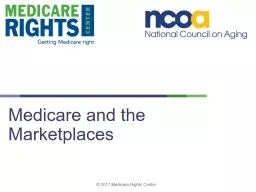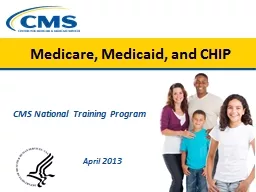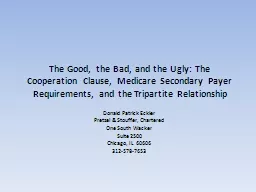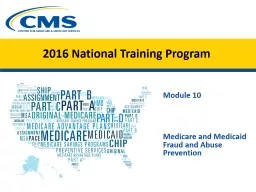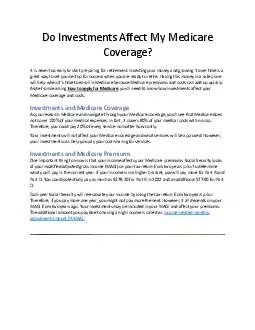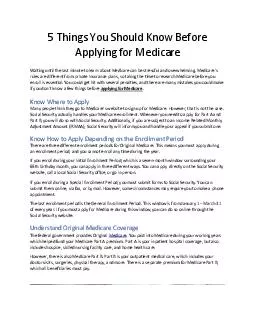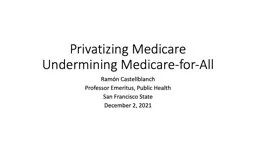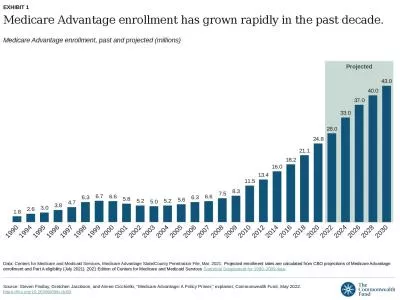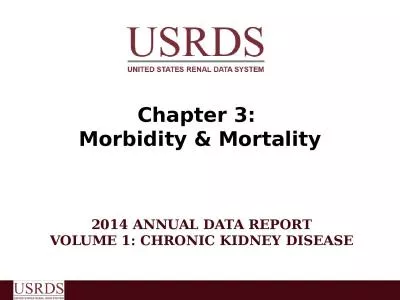PPT-Medicare and the Marketplaces
Author : pamella-moone | Published Date : 2018-10-31
The Medicare Rights Center is a national nonprofit consumer service organization that works to ensure access to affordable health care for older adults and people
Presentation Embed Code
Download Presentation
Download Presentation The PPT/PDF document "Medicare and the Marketplaces" is the property of its rightful owner. Permission is granted to download and print the materials on this website for personal, non-commercial use only, and to display it on your personal computer provided you do not modify the materials and that you retain all copyright notices contained in the materials. By downloading content from our website, you accept the terms of this agreement.
Medicare and the Marketplaces: Transcript
Download Rules Of Document
"Medicare and the Marketplaces"The content belongs to its owner. You may download and print it for personal use, without modification, and keep all copyright notices. By downloading, you agree to these terms.
Related Documents

